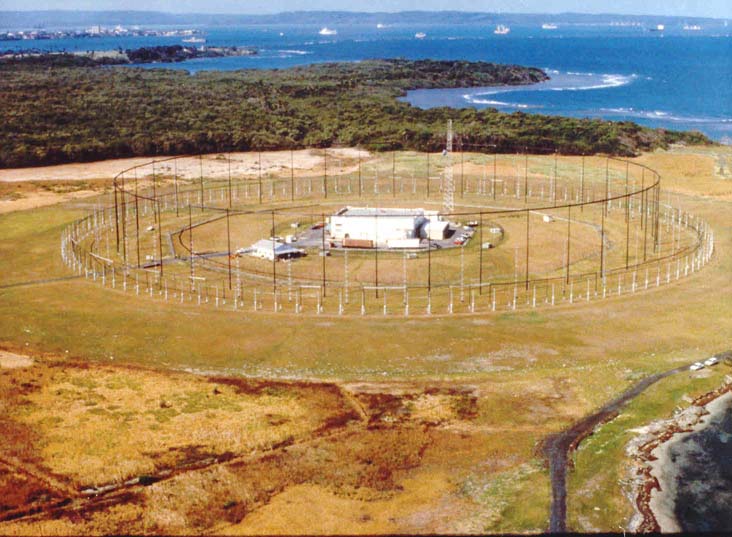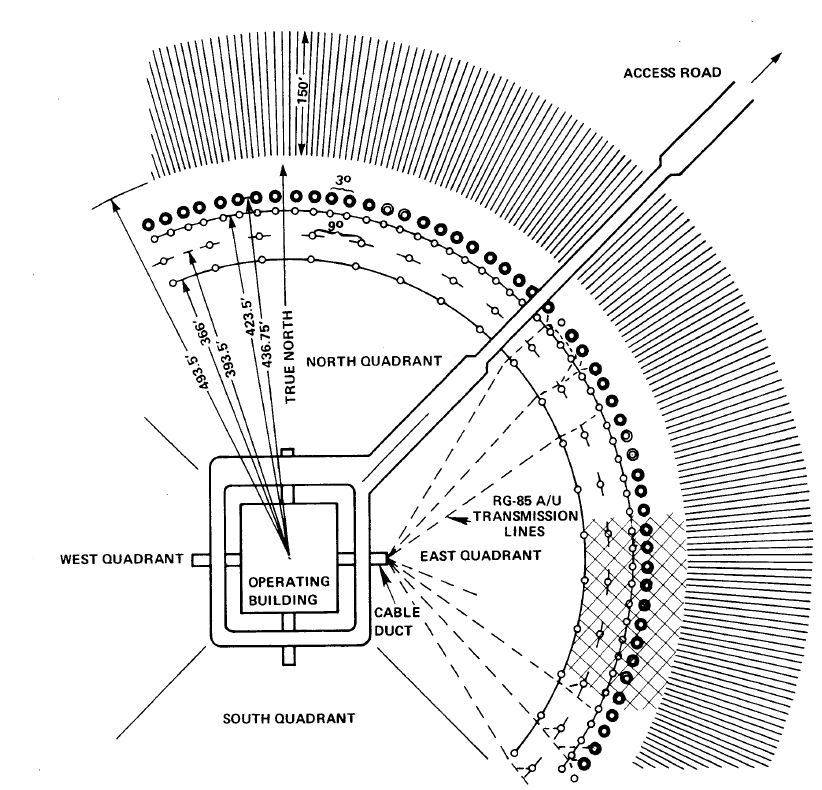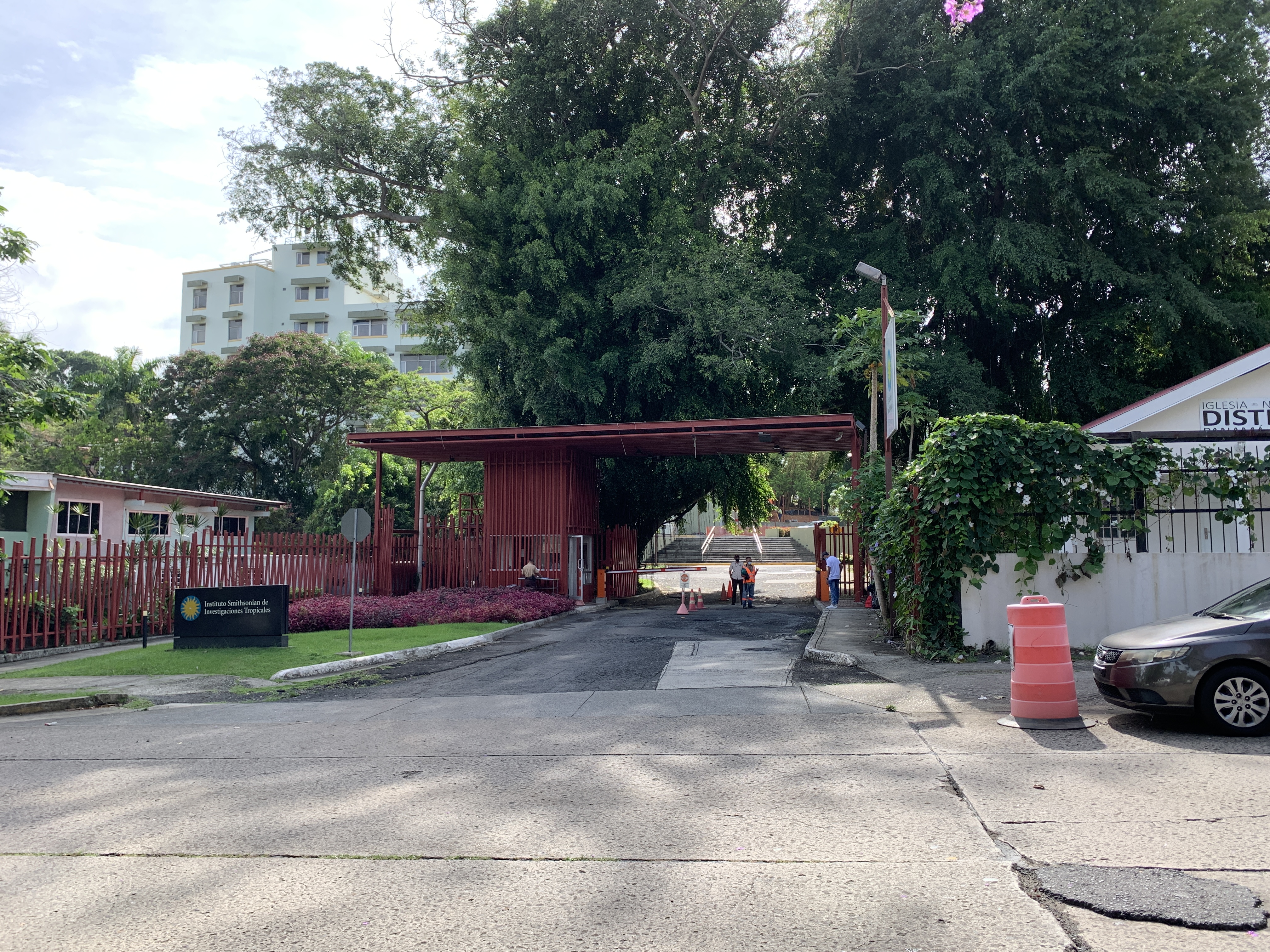|
Galeta Island, Panama
Galeta Island is an island located on the Atlantic side of the Republic of Panama, just east of the city of Colón, Panama. Galeta Island was the site of a U.S. military communications facility from the 1930s through 2002, when it was turned over to the government of Panama. The facility included an operations building located in the center of a U.S. Navy AN/FRD-10A(V) antenna array, which is a Circularly Disposed Antenna Array (CDAA) also known as a Wullenweber array. The island was shared with the Smithsonian Tropical Research Institute (STRI), which still maintains a research facility on the island. U.S. military activity ceased on the island after 2002, while tropical research continues in a separate facility located just east of the former communications facility. See also * List of former United States military installations in Panama This is a list of United States military installations in Panama, all of which fall within the former Canal zone. The U.S. military in ... [...More Info...] [...Related Items...] OR: [Wikipedia] [Google] [Baidu] |
Republic Of Panama
Panama ( , ; es, link=no, Panamá ), officially the Republic of Panama ( es, República de Panamá), is a transcontinental country spanning the southern part of North America and the northern part of South America. It is bordered by Costa Rica to the west, Colombia to the southeast, the Caribbean Sea to the north, and the Pacific Ocean to the south. Its capital and largest city is Panama City, whose metropolitan area is home to nearly half the country's million people. Panama was inhabited by indigenous tribes before Spanish colonists arrived in the 16th century. It broke away from Spain in 1821 and joined the Republic of Gran Colombia, a union of Nueva Granada, Ecuador, and Venezuela. After Gran Colombia dissolved in 1831, Panama and Nueva Granada eventually became the Republic of Colombia. With the backing of the United States, Panama seceded from Colombia in 1903, allowing the construction of the Panama Canal to be completed by the United States Army Corps of Engin ... [...More Info...] [...Related Items...] OR: [Wikipedia] [Google] [Baidu] |
Colón, Panama
Colón () is a city and seaport in Panama, beside the Caribbean Sea, lying near the Atlantic entrance to the Panama Canal. It is the capital of Panama's Colón Province and has traditionally been known as Panama's second city. Originally it was located entirely on Manzanillo Island, surrounded by Limon Bay, Manzanillo Bay, and the Folks River; however, since the disestablishment of the Panama Canal Zone, the city's limits have been redefined to include Fort Gulick, a former U.S. Army base, as well the former Panama Canal Zone towns of Cristobal, Margarita, and Coco Solo. History The city was founded by the United States in 1850 as the Atlantic terminal of the Panama Railroad, then under construction to meet the demand during the California Gold Rush for a fast route to California. For a number of years early in its history, the sizable United States émigré community called the town Aspinwall after Panama Railroad promoter William Henry Aspinwall, while the city's Hispanic co ... [...More Info...] [...Related Items...] OR: [Wikipedia] [Google] [Baidu] |
AN/FRD-10
The AN/FRD-10 Circularly Disposed Antenna Array (CDAA) is a United States Navy circular "Wullenweber" antenna array, built at a number of locations during the cold war for high frequency radio direction finding (HF/DF) and signals intelligence. In the Joint Electronics Type Designation System, FRD stands for ''fixed ground, radio, direction'' finding. 14 sites were originally constructed as a part of the "Classic Bullseye" program. Two AN/FRD-10 systems were later installed in Canada. AN/FRD-10 systems were originally constructed in the early 1960s, but after the dissolution of the Soviet Union, the systems began to be shut down and demolished. The Naval Security Group operated and maintained the U.S. Navy AN/FRD-10 systems. The system had several nicknames including ''Fred-10'' and ''Elephant'' or ''Dinosaur cages''. As of 2015, none of the US Navy AN/FRD-10 sites are extant, but the two Canadian sites remain in service. The AN/FLR-9 was a system with a similar design and functi ... [...More Info...] [...Related Items...] OR: [Wikipedia] [Google] [Baidu] |
Circularly Disposed Antenna Array
The Wullenweber (the original name introduced by Dr. Hans Rindfleisch was Wullenwever) is a type of Circularly Disposed Antenna Array (CDAA) sometimes referred to as a Circularly Disposed Dipole Array (CDDA). It is a large circular antenna array used for radio direction finding. It was used by the military to triangulate radio signals for radio navigation, intelligence gathering and search and rescue. Because its huge circular reflecting screen looks like a circular fence, the antenna has been colloquially referred to as the ''elephant cage.'' The term ''wullenwever'' was the World War II German cover term used to identify their secret CDAA research and development program; its name is unrelated to any person involved in the program. History Origin in World War II Germany Wullenweber technology was developed by the German navy communication research command, Nachrichtenmittelversuchskommando (NVK) and Telefunken during the early years of World War II. The inventor was NVK gro ... [...More Info...] [...Related Items...] OR: [Wikipedia] [Google] [Baidu] |
Wullenweber
The Wullenweber (the original name introduced by Dr. Hans Rindfleisch was Wullenwever) is a type of Circularly Disposed Antenna Array (CDAA) sometimes referred to as a Circularly Disposed Dipole Array (CDDA). It is a large circular antenna array used for radio direction finding. It was used by the military to triangulate radio signals for radio navigation, intelligence gathering and search and rescue. Because its huge circular reflecting screen looks like a circular fence, the antenna has been colloquially referred to as the ''elephant cage.'' The term ''wullenwever'' was the World War II German cover term used to identify their secret CDAA research and development program; its name is unrelated to any person involved in the program. History Origin in World War II Germany Wullenweber technology was developed by the German navy communication research command, Nachrichtenmittelversuchskommando (NVK) and Telefunken during the early years of World War II. The inventor was NVK group ... [...More Info...] [...Related Items...] OR: [Wikipedia] [Google] [Baidu] |
Smithsonian Tropical Research Institute
The Smithsonian Tropical Research Institute (STRI, es, Instituto Smithsonian de Investigaciones Tropicales) is located in Panama and is the only bureau of the Smithsonian Institution based outside of the United States. It is dedicated to understanding the past, present, and future of tropical ecosystems and their relevance to human welfare. STRI grew out of a small field station established in 1923 on Barro Colorado Island in the Panama Canal Zone to become one of the world's leading tropical research organizations. STRI's facilities provide for long-term ecological studies in the tropics and are used by some 1,200 visiting scientists from academic and research institutions around the world every year. History Smithsonian scientists first came to Panama during the construction of the Panama Canal from 1904 to 1914. The Secretary of the Smithsonian Institution, Charles Doolittle Walcott, reached an agreement with Federico Boyd to conduct a biological inventory of the new Canal Zo ... [...More Info...] [...Related Items...] OR: [Wikipedia] [Google] [Baidu] |
List Of Former United States Military Installations In Panama
This is a list of United States military installations in Panama, all of which fall within the former Canal zone. The U.S. military installations in Panama were turned over to local authorities by 1999. Transition phases In 1903, the Hay–Bunau-Varilla Treaty was signed between Panama and the United States. It created the Panama Canal Zone as a U.S. governed region, and allowed the U.S. to build the Panama Canal. In 1977, the ''Panama Canal Treaty'' (also called ''Torrijos–Carter Treaties'') was signed by Commander of Panama's National Guard, General Omar Torrijos and U.S. President Jimmy Carter. Over time, it would replace and absolve the 1903 treaty. * 1 October 1979, the Panama Canal Zone was abolished. All unused area (mainly forest) was transferred to Panama. Also some non-military constructions, like hospitals and schools, were transferred to Panama. * Between 1979 and 31 December 1999 U.S. transferred all military areas and constructions to Panama. Formal U.S. presence w ... [...More Info...] [...Related Items...] OR: [Wikipedia] [Google] [Baidu] |
Caribbean Islands Of Panama
The Caribbean (, ) ( es, El Caribe; french: la Caraïbe; ht, Karayib; nl, De Caraïben) is a region of the Americas that consists of the Caribbean Sea, its islands (some surrounded by the Caribbean Sea and some bordering both the Caribbean Sea and the North Atlantic Ocean) and the surrounding coasts. The region is southeast of the Gulf of Mexico and the North American mainland, east of Central America, and north of South America. Situated largely on the Caribbean Plate, the region has more than 700 islands, islets, reefs and cays (see the list of Caribbean islands). Island arcs delineate the eastern and northern edges of the Caribbean Sea: The Greater Antilles and the Lucayan Archipelago on the north and the Lesser Antilles and the on the south and east (which includes the Leeward Antilles). They form the West Indies with the nearby Lucayan Archipelago (the Bahamas and Turks and Caicos Islands), which are considered to be part of the Caribbean despite not bordering the Caribb ... [...More Info...] [...Related Items...] OR: [Wikipedia] [Google] [Baidu] |
Military Installations Of The United States In Panama
A military, also known collectively as armed forces, is a heavily armed, highly organized force primarily intended for warfare. It is typically authorized and maintained by a sovereign state, with its members identifiable by their distinct military uniform. It may consist of one or more military branches such as an army, navy, air force, space force, marines, or coast guard. The main task of the military is usually defined as defence of the state and its interests against external armed threats. In broad usage, the terms ''armed forces'' and ''military'' are often treated as synonymous, although in technical usage a distinction is sometimes made in which a country's armed forces may include both its military and other paramilitary forces. There are various forms of irregular military forces, not belonging to a recognized state; though they share many attributes with regular military forces, they are less often referred to as simply ''military''. A nation's military may f ... [...More Info...] [...Related Items...] OR: [Wikipedia] [Google] [Baidu] |





